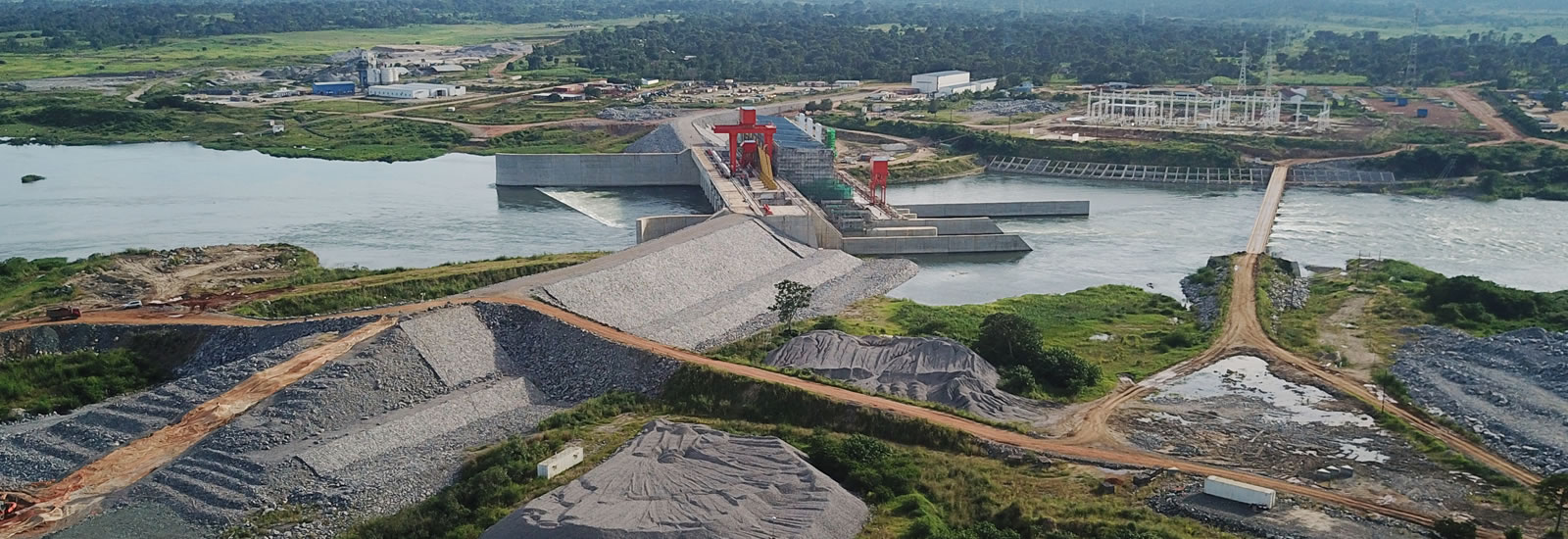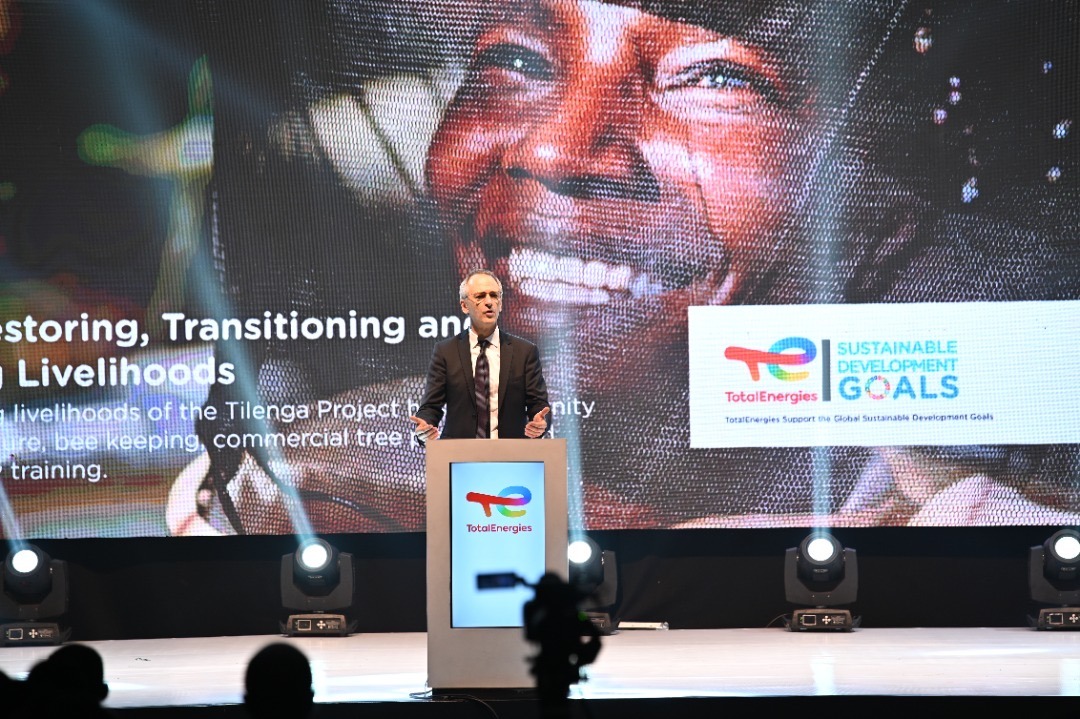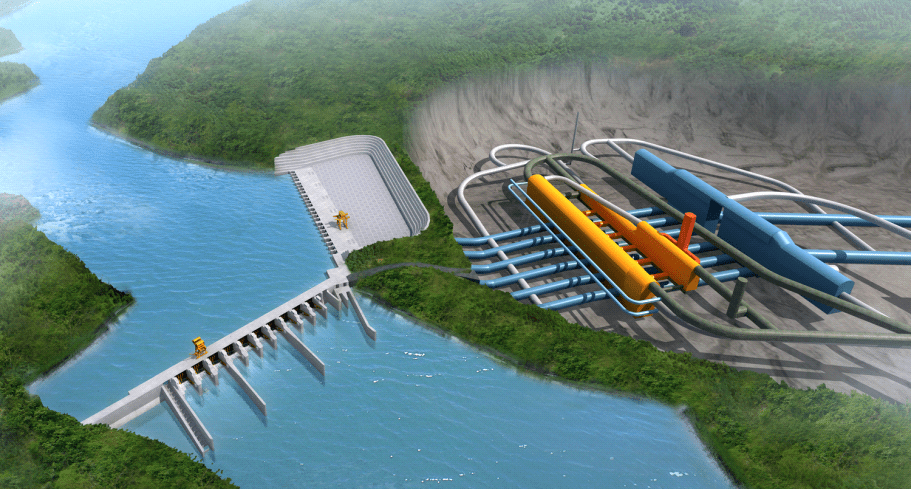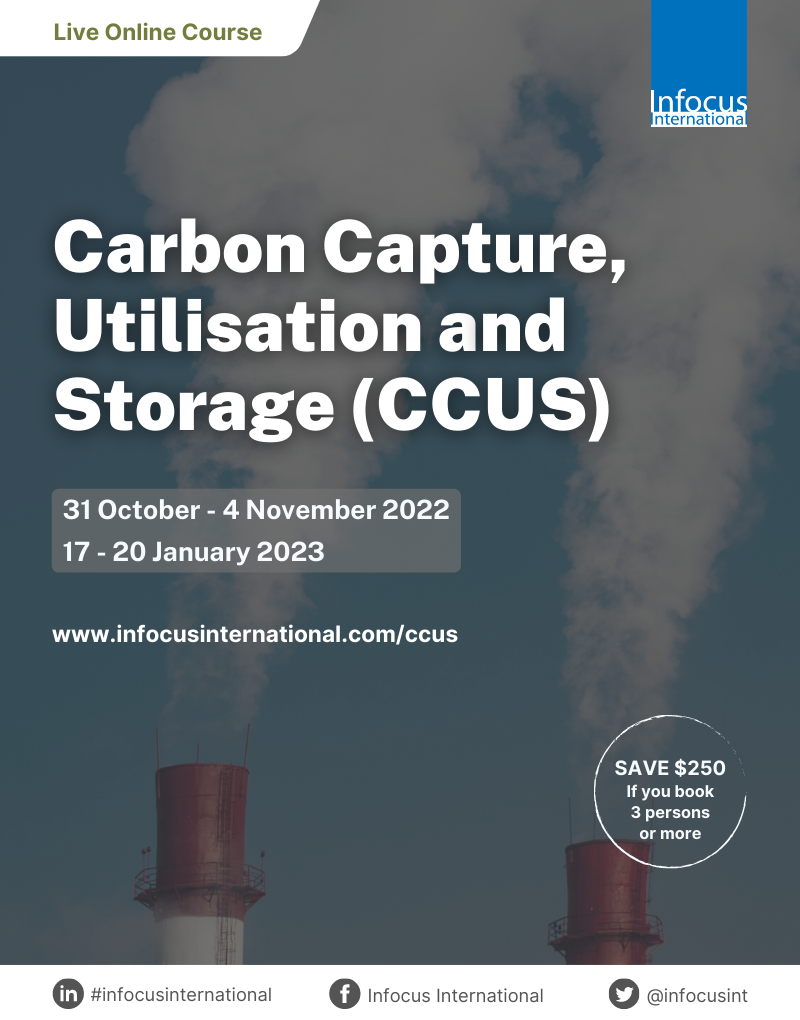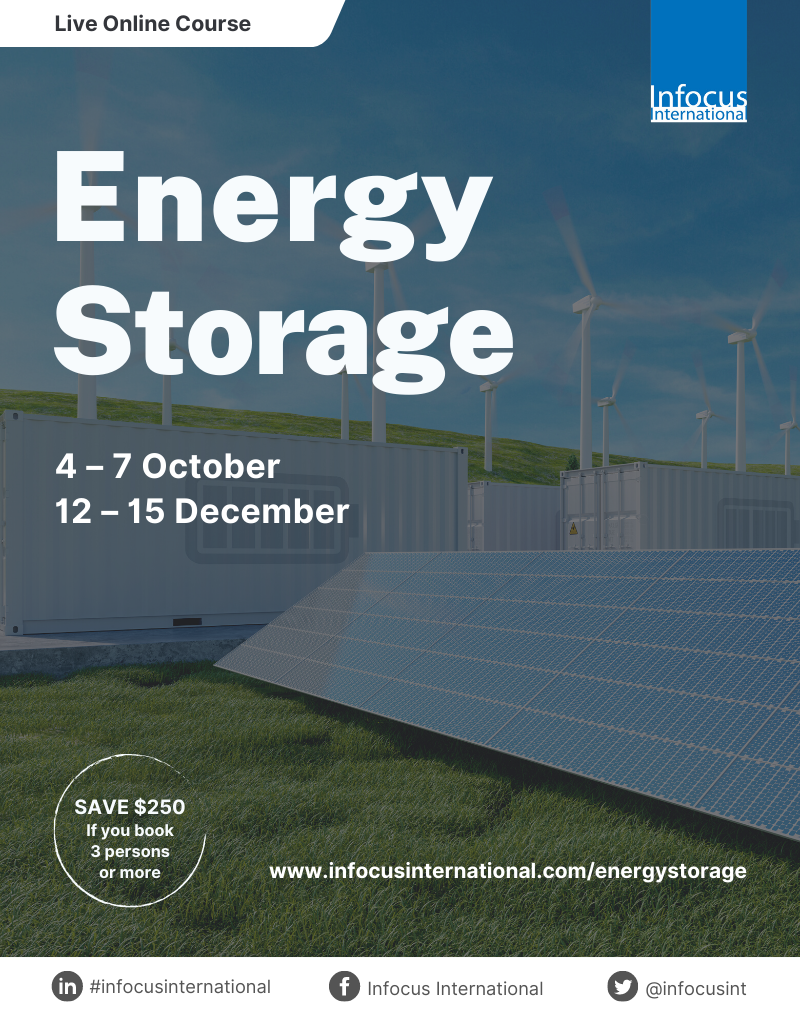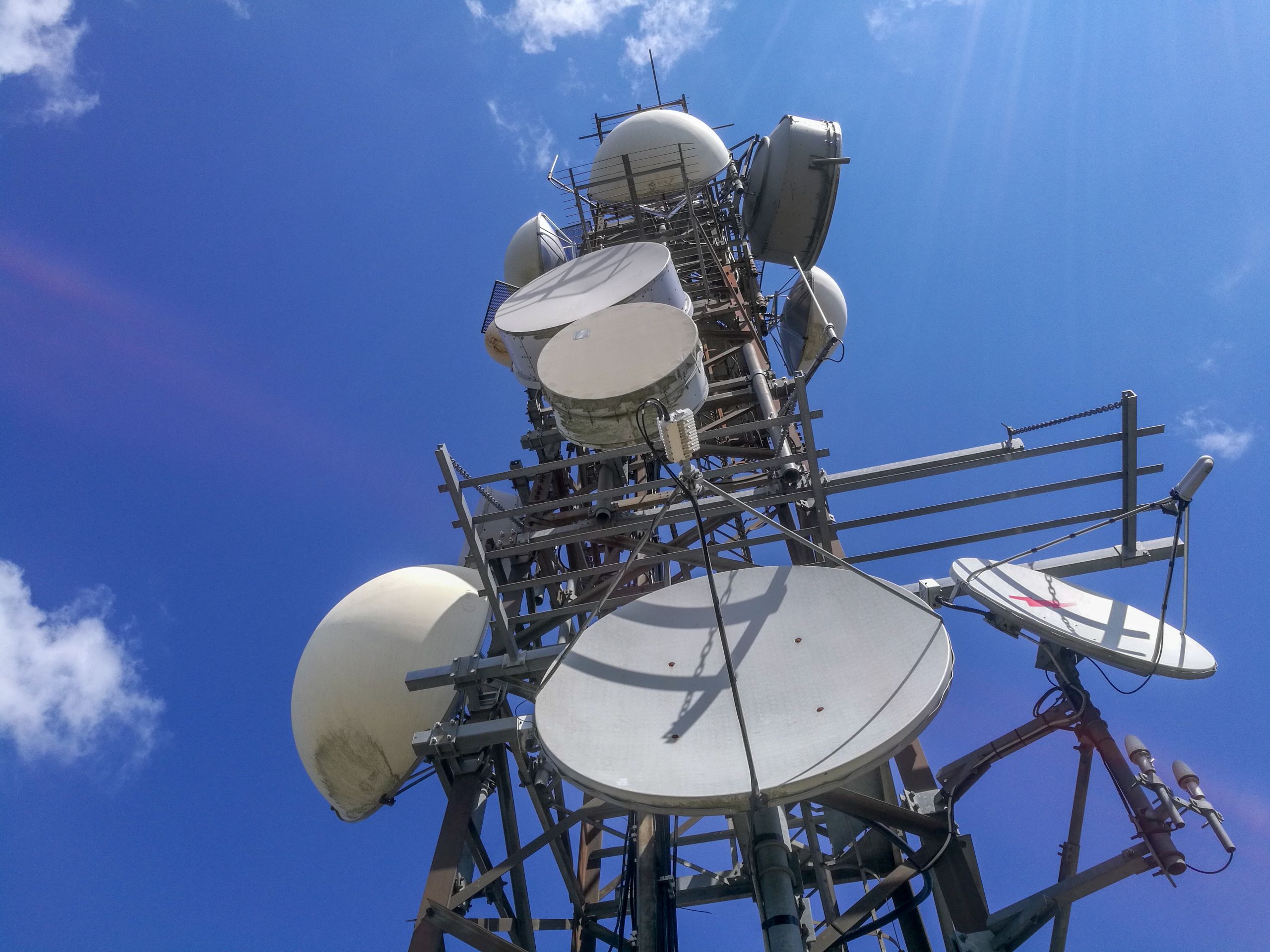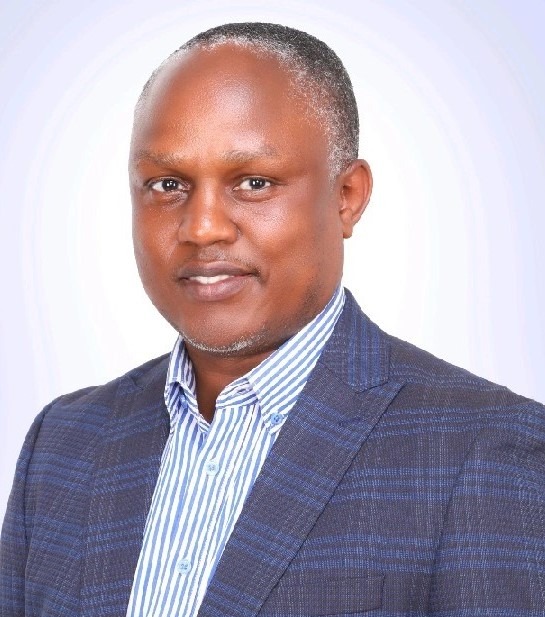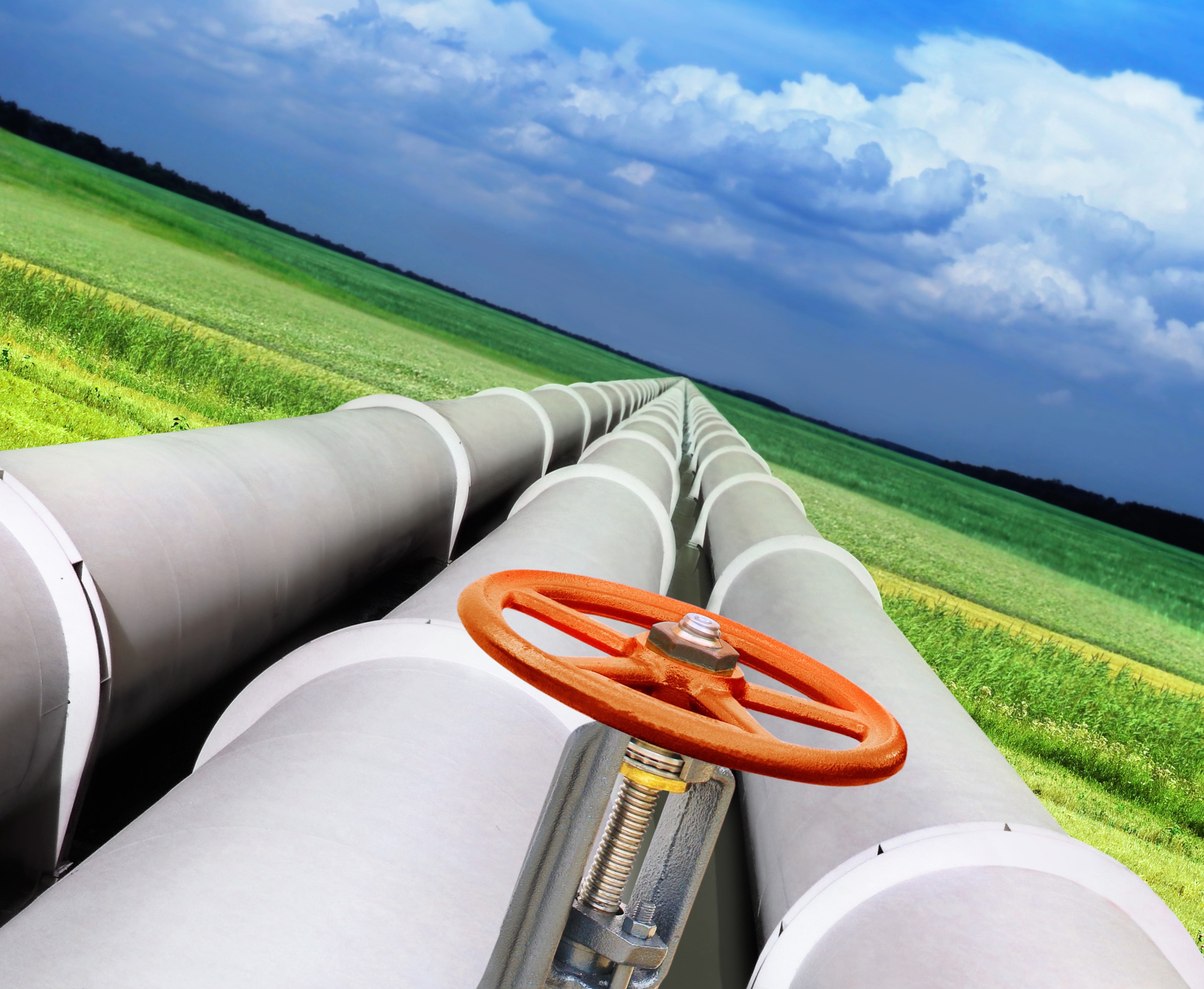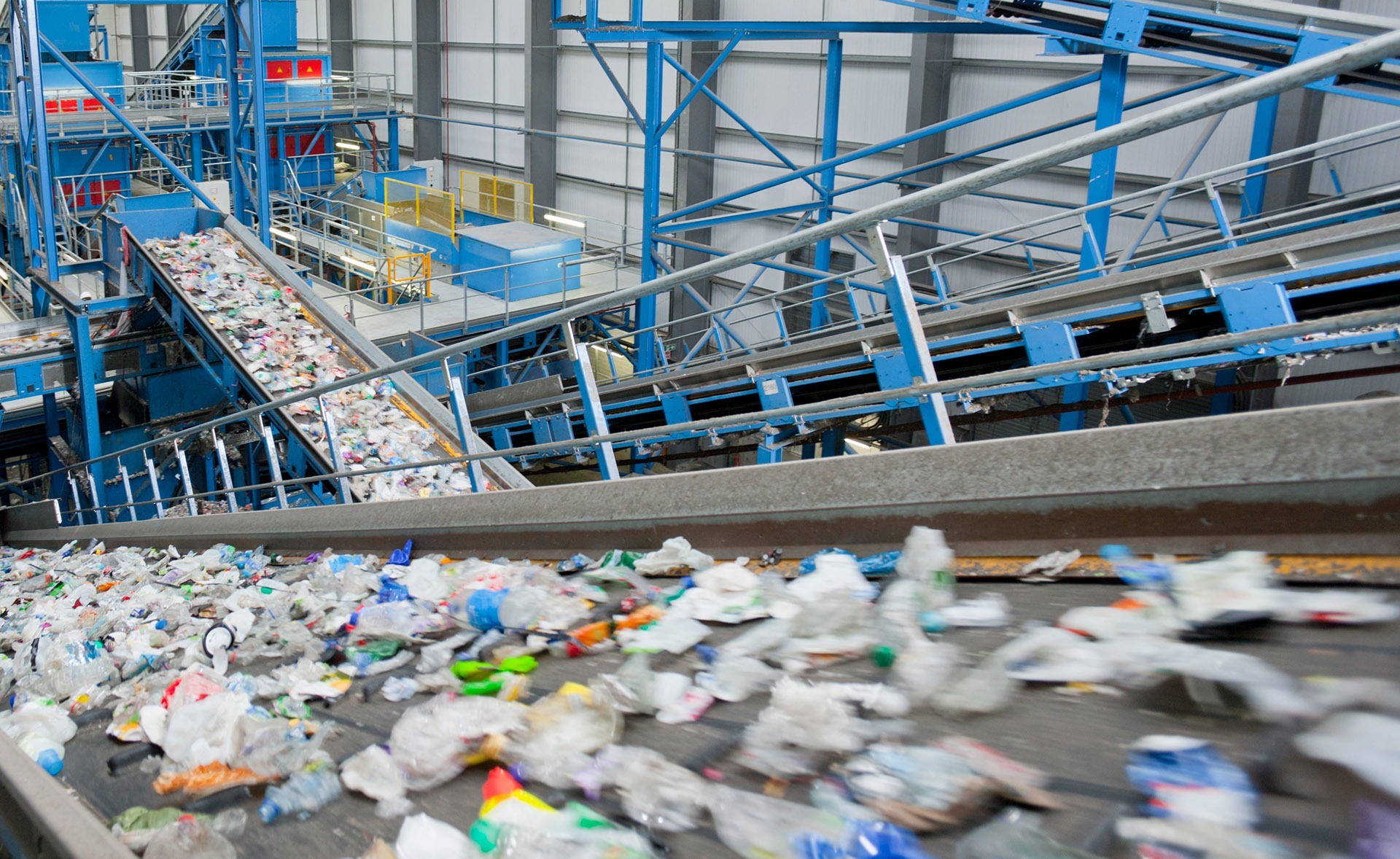The 183 megawatt (MW) Isimba hydro power dam has been launched after 47 months of construction. The new dam brings Uganda’s total electricity production to 1,167MW- over 1,100 of which is from hydro power. This gives the country a rating of average producer by Africa regional standards. However, when Karuma is brought on line at the end of this year with 600MW, Uganda’s total production will jump to over 1, 700MW, putting the country among the top quartile of high electricity producers on the continent.
The Isimba dam was constructed at a cost of US$ 567.7 million, 15 per cent of which by the Government of Uganda while 85 per cent was a loan from the Exim Bank of China. Works were undertaken by the China International Water & Electric Corporation (CWE) under the supervision of the Uganda Electricity Generation Company (UEGCL).
According to the London based International Hydropower Association (IHA), Africa’s largest power producer by wattage is currently Ethiopia, generating 3,822 MW (for a population of 109 million people). In second position is South Africa with 3,595MW (58 million people), followed by Egypt 2,844 MW (100 million people) and Angola 2,415MW (30 million people).
On the other extreme, countries at the bottom of hydro power production on the continent include- South Sudan with no locally generated hydro power, Principe & Sao Tome (2MW), Central African Republic (19MW), Burkina Faso (32MW), Benin (33MW) and Togo (49MW).
In its Annual Hydro Status report 2018, IHA reported that globally, a total of 21.9 GW of hydropower capacity was put into operation last year, bringing the world’s total installed capacity to 1,267 GW, making hydro power a contributor of 75 per cent of the world’s present-day electricity.
In 2018, East Asia and Pacific region was the fastest growing region as far as hydro power production is concerned, with 9.8 GW of new hydropower capacity added. South America was second (4.1 GW), South and Central Asia came third (3.3 GW) and Europe fourth (2.3 GW). Africa was fifth with 1.9 GW, while North and Central America came last with 0.5 GW.
Globally, the five countries which registered the largest individual increases in 2018 were China (9.1 GW), Brazil (3.4 GW), India (1.9 GW) and Portugal (1.1 GW) and Angola (1.0 GW). Over the last two decades, China has amassed technology, skills and materials capacity for hydro power development, which it is now exporting to the developing world.
These electricity statistics show a resurgence of hydro power energy globally following a tumble in the 1990s and early 2000s, when it was discredited for its social and environmental impacts, an attack largely led by the World Bank, its related institutions and sponsored civil society organisations.
Launching the Isimba dam, President Yoweri Museveni said China was Uganda (and Africa’s) reliable partner in infrastructure development, in an apparent swipe at his western development partners, with whom he had protracted struggles during construction of Uganda’s earlier dams like Bujagai and Kiira.
The Chinese government has funded and executed several major infrastructure projects in the country including the Entebbe Expressway, expansion of Entebbe International Airport, among others, in fairly good time.
The 183MW Isimba power dam, part funded and constructed by the Chinese, did not suffer much disparagement, disruption and delay from environmentalists as was the case with Kiira and Bujagali power dams before it, in the 1990s and early 2000s.
Bujagali for its 250MW capacity took over 10 years to complete. Plans for the dam started back in 2001 when the Government selected US based AES Energy as the developer. AES is a Fortune 500 company. However, AES pulled out in 2003 following protracted campaigns against the dam by civil society organisations, local politicians, with support from the World Bank. There were also allegations of corruption. A new developer was named in 2003 when works resumed. The dam was eventually switched on, on 1st August 2012, eleven years later.
The Kiira power dam had an equally debilitating story. It started in 1993, but major construction works did not start until 1999. With battles in between, it was eventually completed and launched in January 2007. Both Kira and Bujagali suffered protracted battles with activists, causing repeated suspension of funding from the World Bank over social and environmental issues.
Over the few years, especially following the coming to the fore of the global issue of climate change and greenhouse gas emissions, hydro power has bounced back as one of the cleanest, renewable and sustainable sources of energy. In 2017 alone, the generation of 21.9GW of hydro power around the world, is estimated to have saved the globe from a potential 4 billion tonnes of greenhouse gases, had coal been used in its place, according to IHA.
A statement issued ahead of the Isimba dam launch by the National Environment Management Authority (NEMA), Uganda’s environment watchdog, said the new dam was 98 per cent compliant to environmental requirements. It said the Government of Uganda has an existing indemnity agreement with the World Bank signed in July 2007 (one of the concessions for the continued construction of Bujagali dam) under which the government undertook to protect Kalagala Falls for its environmental, “spiritual” and cultural reasons. The statement didn’t explain how the dam falls 2 points below 100 per cent compliance.
(This story has been slightly re-edited)




